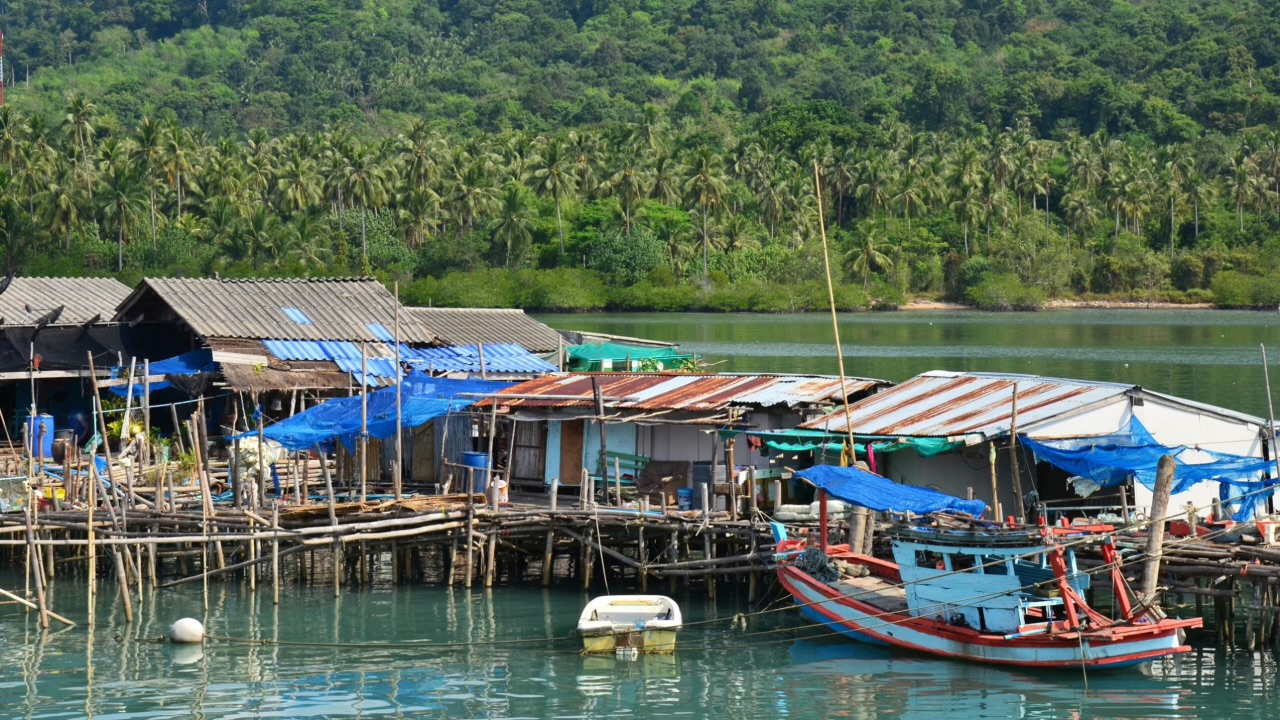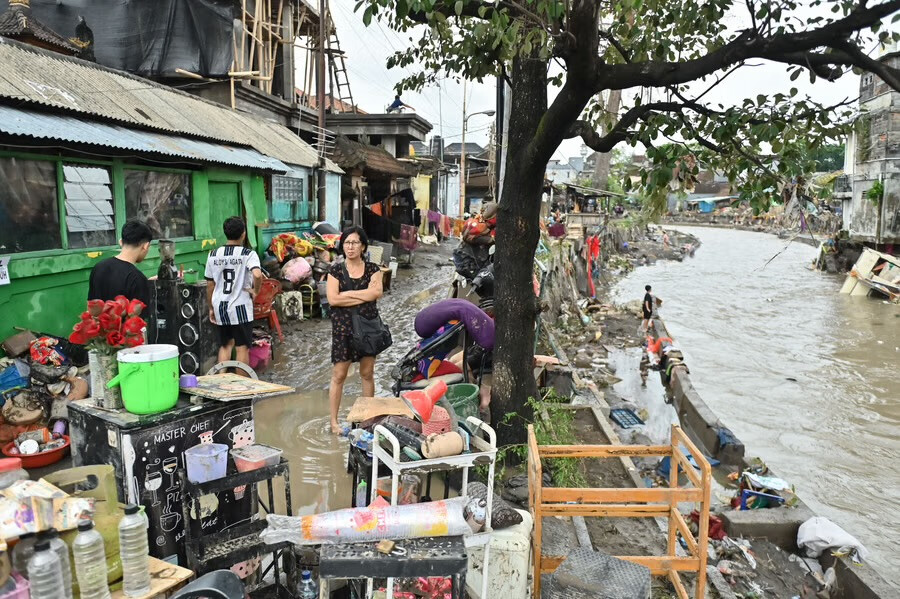All slums and uninhabitable houses are set to disappear in Bali. A program launching in 2026 aims to transform the island's landscape: 33,086 deteriorating buildings will be refurbished or demolished. This is expected to be completed in three years - by 2029. Most of the work will focus on the Karangasem district, which has the highest number of slums.

Governor Wayan Koster announced that renovations, construction, and landscaping will receive joint funding: part of the funds will come from the national budget (APBN), part from regional budgets, with business also being involved. Support for 12,000 houses has already been confirmed through APBN.
Deputy Minister of Housing Fahri Hamzah backs the governor and stresses that Bali needs to meet international standards.
The Deputy Minister insists on introducing two- and three-story housing in cities to prevent using up fertile land. However, Bali's existing building height restrictions will remain in place.
It's not just housing that will be upgraded. Authorities plan to improve infrastructure and living conditions throughout the island. Bali's economy is currently above the national average, with the lowest poverty and unemployment rates in Indonesia, and the highest life expectancy. Nonetheless, issues remain: each year, 700 hectares of fertile land are lost to urbanization, road congestion is worsening, and waste levels are rising.
Recent flooding highlighted the island's vulnerability - impacting hundreds of families and businesses. Damaged homes have been rebuilt, roads and bridges are under repair, and an audit of four major rivers is being planned for their rehabilitation and protection against future disasters.
Tourism makes up 66% of the economy but is susceptible to disasters and crises. Reforms are necessary so that Bali can thrive without relying solely on tourism, emphasized Governor Koster.
A 100-year development strategy has been crafted for Bali in this regard. It includes land use regulation, monitoring the number of foreign tourists, and organizing land in highly populated areas.
With increased funding in 2026, authorities aim to accelerate solutions in Karangasem, Gianyar, Jembrana, and Bangli.
The Governor concluded: "Bali must become Indonesia's shining example."


You can add one right now!